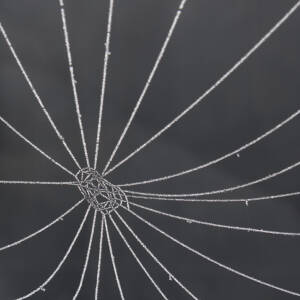Cooperation
Back in March, Clazel saw my blip of my XR group out on the streets and asked whether she could use the campaigning materials we'd produced. We were very happy to share and during our exchanges Clazel told me about the Mercer Art Gallery's forthcoming exhibition in Harrogate called 'Our Planet, Our Home'. Our XR group has been a bit slow on the uptake but we are talking about submitting the gravestones that we made out of plywood for the Oxford Farming Conference in January 2020.
I've previously taken several photos of them in use but mostly they hang on a workshop wall where I went today to get larger pictures of them to submit.
Left to right, these are:
Chequered skipper - died out from England in 1976 because of habitat loss. Re-establishment trials have taken place since 1990. It remains in Scotland.
Great yellow bumblebee - extinct in England since 1981 due to habitat loss. Now restricted to flower-rich areas in the Orkneys, Scottish islands, and Caithness and Sutherland.
Greater mouse-eared bat. Thought to be extinct in Great Britain 1985 due to agricultural changes leading to loss of insect prey but a few males have been seen in recent years, so either a colony survives or further bats have colonised Great Britain from mainland Europe.
And in extras:
Red backed shrike - numbers declined sharply during the 20th century due to habitat loss and intensive agriculture. By 1988 a single pair remained in England. In 2013 two young fledged in Devon but since then breeding has happened only twice, both times in Shetland.
Black faced meadow ant - extinct in the UK since 1988 due to urban development and inappropriate land management.
Corncrake - nearly extinct in the UK by the 1990s because mechanised mowing and early cutting dates meant that suitable nesting habitat no longer existed in the breeding season. Numbers in Britain are now slowly increasing.


Comments
Sign in or get an account to comment.


